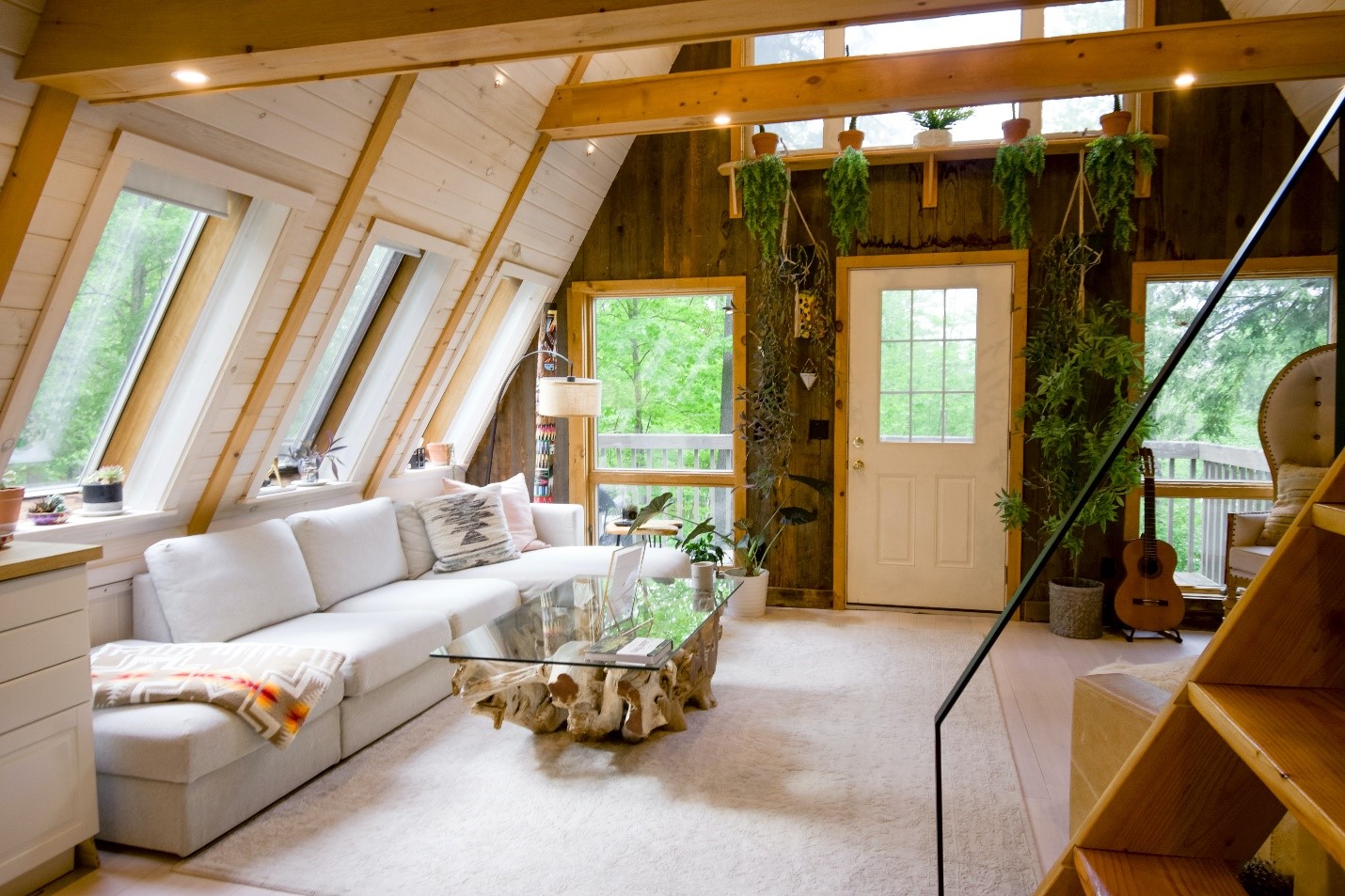04 reasons to use Phenikaa LED lights in art spaces
For a long time, lighting in art spaces has been very focused, both to create accents for works of art/historical relics and to increase the visitor experience. One thing that few people notice and know is that light greatly affects the quality of illuminated works/relics over time due to the effects of blue light, UV rays and heat emitted from lamps, Therefore, to properly preserve those works/relics, Phenikaa Lighting LED is an optimal choice.
 (Nguồn ảnh: Internet)
(Nguồn ảnh: Internet)
LED lighting for better preservation of works of art/historical relics
To preserve historical relics or works of art as little as possible over time, they should really be kept in a cool, dry, and dark place. However, this is impossible because people cannot admire works of art in the dark. Before LEDs were developed to their optimal level, fluorescent or incandescent lamps were still commonly used for artistic space lighting, but then UV rays, blue light and the heat emitted from the lights made the difference. works or relics degrade over time.
A good example is Van Gogh's Sunflowers, where, under museum lights, the vibrant yellow of Vincent Van Gogh's iconic sunflowers has disappeared over the years. The yellow pigment Van Gogh used - lead chromate, popularly known as chrome yellow - had darkened so markedly on exposure to light, that the artists eventually turned it completely. all to different yellow pigments.
 Van Gogh's Sunflowers at the Van Gogh Museum
Van Gogh's Sunflowers at the Van Gogh Museum
(Source: Robert Slagman/EPA)
The light emitted by Phenikaa LEDs does not contain UV and ultraviolet rays and meets the Optical Biosafety standard. This is a huge advantage of using LED lights for the lighting system of museums and exhibition centers. Sensitive works of art won't need a filter to protect them from infrared or ultraviolet rays. This will certainly enhance the visitor's visual experience.
Furthermore, Phenikaa LEDs emit much lower heat than incandescent and fluorescent lamps due to their higher ability to convert electrical energy into light - less energy loss due to heat generation, thus limiting thermal effects on works and relics.
LED lights are more energy efficient
 LED lighting at the Manchester museum (Source: Rob Martin (Time out)
LED lighting at the Manchester museum (Source: Rob Martin (Time out)
A survey conducted in 2008 at the Manchester Museum found that 50% of total energy expenditure was attributable to the museum's lighting system. When the museum decided to replace the fluorescent tubes with LEDs and attach motion sensors to the luminaires throughout the entire process, the resulting electricity consumption was reduced by 89%. This has yielded a return on the initial investment within a short 18 months.
LEDs are capable of converting ~40% of electricity into light while incandescents can only convert ~5% of electricity, fluorescents can convert ~25% of electricity into light. Phenikaa Lighting products use OSRAM LED Chip - a famous LED chip manufacturer from Germany with the world's leading lighting efficiency, so it is capable of maintaining high light quality for 20,000 hours. 10,000 turns on and off, saving > 85% compared to incandescent bulbs.
Longer LED life
LED lights have an average lifespan of more than 25,000 hours, equivalent to about 10 years of visiting museums and art galleries. Whereas incandescent lamps can only work well for about 1,000 hours, and fluorescent lamps on average 10,000 hours.
Paul Ruffles, director of British consultancy Lighting Design & Technology, explains: “Replacing lamps takes time and costs. In addition, changing lights has an impact on accessibility of exhibits and puts subjects at risk. LEDs help solve these problems."

Outstanding color rendering index
Many lighting designers may express doubts about the color rendering quality of their artwork when illuminated with LEDs. However, the technology has grown by leaps and bounds over the past few years. Today, the color rendering index of LEDs is much higher than that of fluorescent lamps, up to more than 90, helping to bring out the vividness and realism of the illuminated object.
 Pictures come to life under LED light with outstanding color rendering index (free photo)
Pictures come to life under LED light with outstanding color rendering index (free photo)
Not only is it bright, durable, has high color rendering, does not have UV rays, and emits less heat, but Phenikaa LEDs also provide natural and well-balanced light for the eyes.
Immersed in the art space with a light, natural feeling that brings emotions and full experience is what every visitor looks forward to.
With the philosophy of "Natural lighting for human health", Phenikaa is proud to be the pioneer Vietnamese lighting brand that brings a different lighting experience to users through research and development into Phenikaa's own technological know-how, a perfect combination of light source technology and lighting engineering, recreating natural light, optimal for human health.

Optimized both optically and optically, the Phenikaa Healthaa lamp simultaneously produces natural light very close to sunlight (CRI 95+/100), red reproduction index R9 = 95/ 100 and the enhanced photoreceptor ganglion cell (biological light) light region (M/P = 1.04 – 1.18) is among the highest among existing HCL lamps in the world.
CRI > 90 and R9>= 90 are two typical parameters of an excellent quality light source, helping to convey true and vivid colors of everything, which are suitable indicators for use in museums and galleries. galleries or art offices to bring true feelings about the works and images on display.

